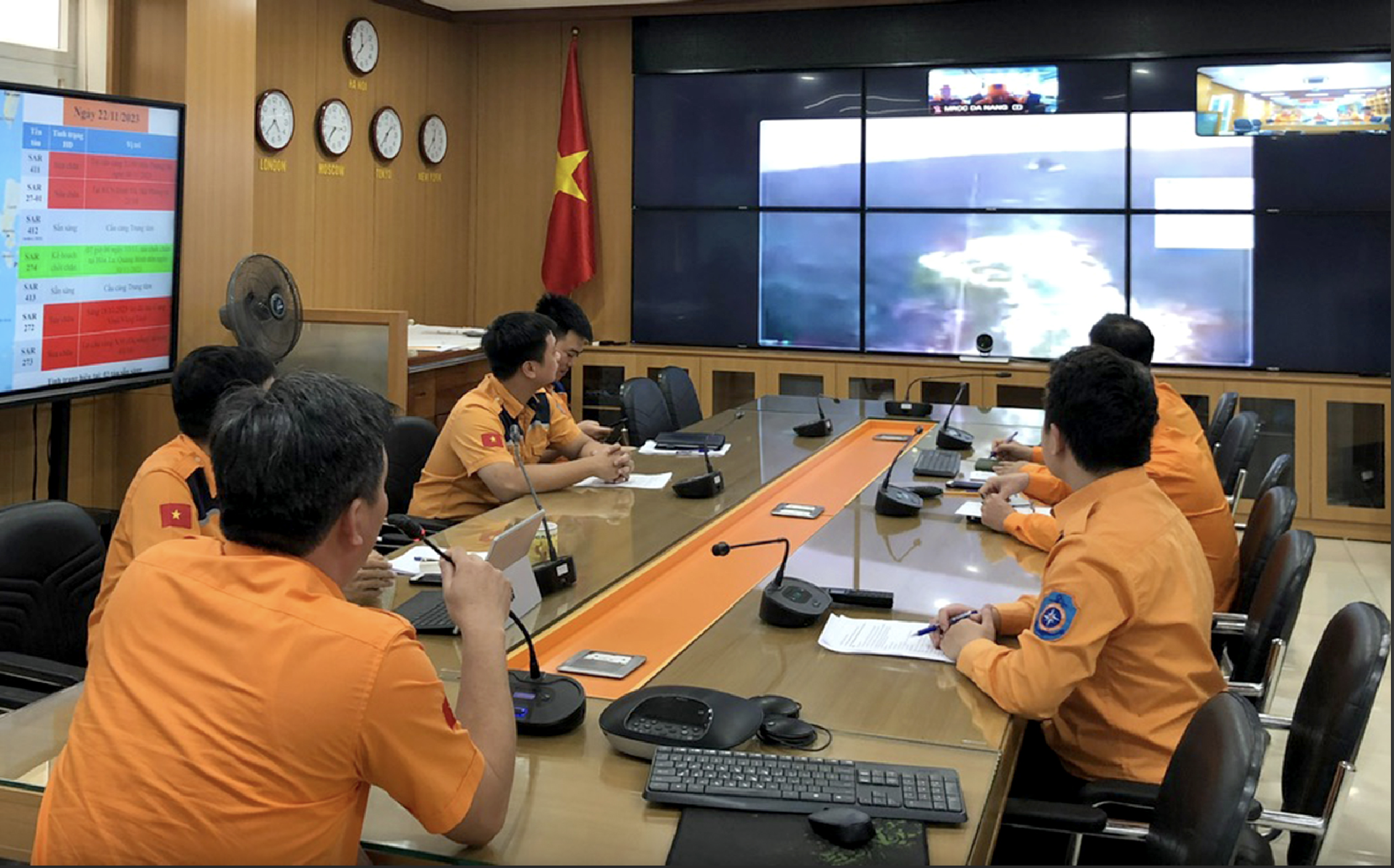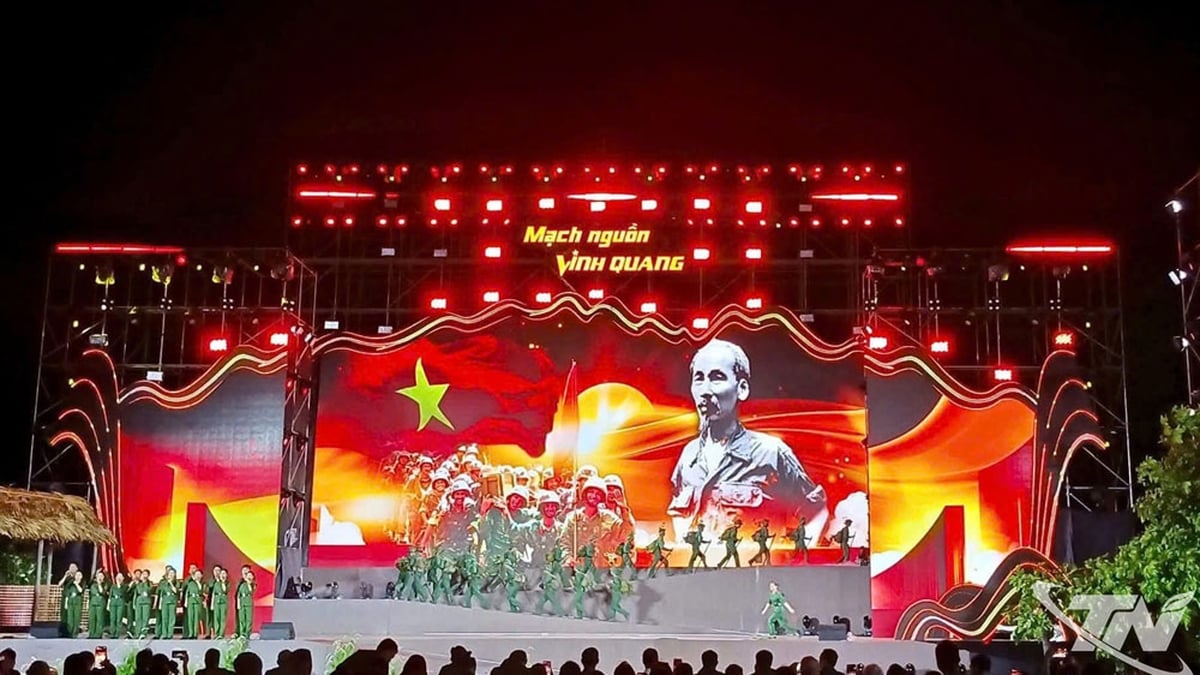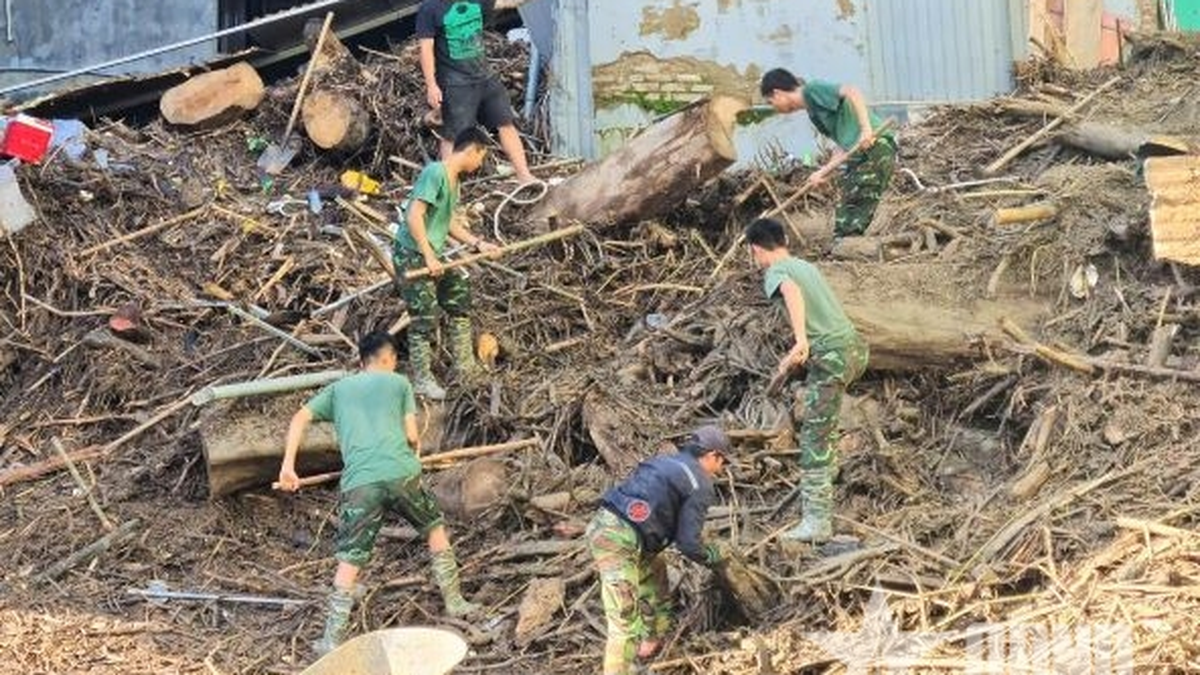The application of technology with VSAT online television system improves efficiency in coordinating and directing search and rescue operations at sea.
In maritime operations, rescue information is given top priority by rescue authorities. From this information, ship rescue work will be handled quickly and most effectively.

Search and rescue force at the shore directly monitor the scene of rescue through VSAT online television system.
In addition to satellite communication equipment equipped on ships according to the standards of the Global Maritime Distress and Safety System (GMDSS) such as Inmarsat-C, Inmarsat mini-C, Inmarsat-B, Inmarsat F77... there are currently many other technologies applied to increase the effectiveness of search and rescue at sea, including the VSAT online television system.
Of the 7 specialized search and rescue vessels of the Vietnam Maritime Search and Rescue Coordination Center (VMRCC), only SAR 412 is equipped with a VSAT online television system.
This system is like a camera to transmit data online to shore, promptly connecting, providing information and images to relevant forces on shore. Relevant units can access and monitor the search and rescue situation at the scene to provide appropriate information and instructions.
According to the representative of the Maritime Search and Rescue Coordination Center Region II (MRCC Da Nang), equipping the VSAT system on rescue ships brings many benefits.
Normally, for ships not equipped with VSAT, communication with the command or functional forces on shore to coordinate search and rescue is often via satellite phones such as Inmarsat, or telephone devices such as VHF, MF/HF transceivers... At this time, the rescue forces at the scene and the command on shore mainly communicate verbally, without images.
Notably, communication using devices such as VHF, MF/HF depends on many factors such as weather, distance. Devices operating in the frequency of VHF or MF/HF, usually in normal conditions about 35 nautical miles.
In some cases, Vietnamese rescue ships have to carry out missions in remote sea areas, under harsh weather conditions, big waves, and strong winds, which makes communication difficult.
"However, for the VSAT satellite system, communication does not depend on the above factors. Not to mention, the data transmitted to shore includes both sound and images at the scene. This helps the command on shore to use images to give appropriate and timely instructions in accordance with reality, improving the effectiveness of search and rescue," said a representative of MRCC Da Nang.
Source: https://www.baogiaothong.vn/he-thong-truyen-hinh-truc-tuyen-ho-tro-dac-luc-cho-cuu-nan-tren-bien-192241106181656415.htm



































































































Comment (0)